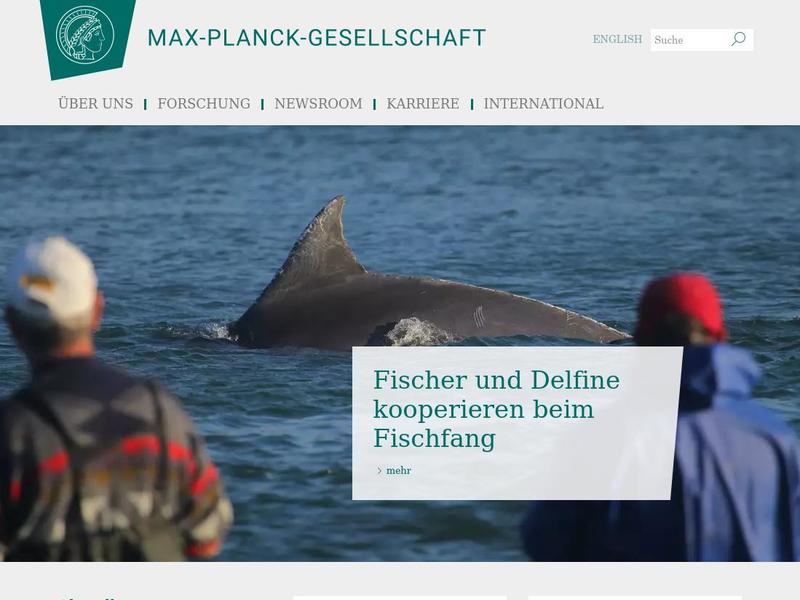ICARUS flies faster, further https://www.mpg.de/20614880/0711-ornr-icarus-flies-faster-further-987453-x
ICARUS has begun testing its new satellite receiver that will continue uninterrupted tracking of animals from space
include two-way communication, so that sensors can be reprogrammed by instructions sent

